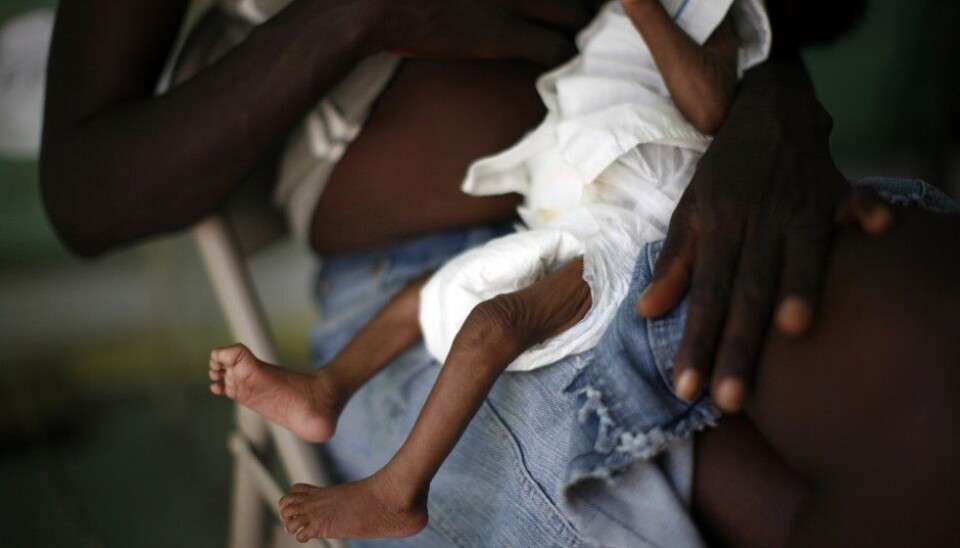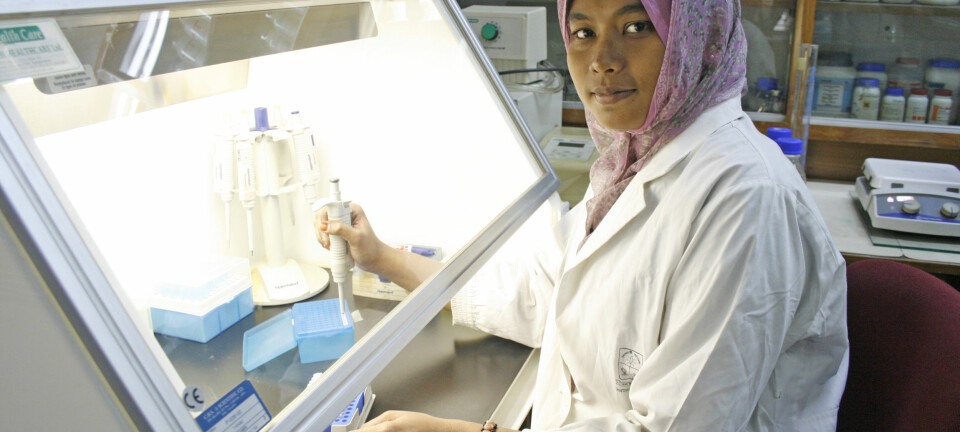
Diarrhoea stunts development of Indian children
A study by Norwegian researchers in New Delhi indicates that young children suffering frequent bouts of diarrhoea experience developmental delays compared to healthy children.
“Incidences of diarrhoea need to drop in order for children in India to develop optimally. Brain development can be affected,” says Psychologist Ingrid Kvestad.
“Child diarrhoea in low-income countries is an immense problem which raises the risk that children’s lives will be less adequate.”
Kvestad is a doctoral student at the University of Bergen’s Institute of Psychology. She also works at the research company Uni Research Health.
Kvestad and her colleagues from Norway and abroad found in a new study that young children in India who frequently suffered diarrhoea appeared to develop sub-normally in several ways.
Poor development

She charted the progress of 422 children in New Delhi during a six-month period in 2011. The children were aged six months to two-and-a-half years old. The researchers investigated the link between the number of days each of the children had diarrhoea and the child’s growth. They compared this to the child’s development.
Such development was assessed using Ages & Stages Questionnaires® (ASQ-3). This is a screening tool which reveals a child’s communication, gross motor, fine motor, problem solving, and personal-social skills.
Kvestad was surprised by how clear the results were.
“Among other things, the study’s findings show that the more days these children had diarrhoea, the lower their scores in development,” says Kvestad.
On average each child had such gastrointestinal troubles 6.6 days in the course of the six month period of the study. About 14 percent had no such problems during this interval, whereas a little over half suffered diarrhoea from one to seven days.
During these six months, nearly a third of the children had the problem from eight to 49 days.
Disputed
Kvestad relates that a dispute has arisen about whether diarrhoea can have a direct connection with such poor development among the children.
A Brazilian study which showed comparable results has been criticised for not using a large enough selection of children. It was also slated for failing to sufficiently rule out other causes for the poor development of the children than frequent bouts of stomach troubles.
“In our study we see a clear connection. According to the ASQ-3, in which the child scored from zero to 30 points, we saw a consistent drop in five points with repeated bouts of diarrhoea,” says Kvestad.
Nevertheless, ASQ-3 was developed for American children. So it is hard for Kvestad to determine how what the normal score for Indian children should be.
“We have little information about where the norm should be placed in India. But we still consider it interesting that we saw this consistent decline. It means that it is not simply incidental that the children with the most frequent bouts of diarrhoea also have a slower brain development. So the study is relevant in all low-income countries,” she asserts.
The World Bank defines low-income economies as having a gross national income per capita below $1,035 per year. Globally, 1.2 billion people live in extreme poverty, which the World Bank defines as an income of $1.25 per day.
Child mortality and infections
Pneumonia and diarrhoea are among the main causes of death among children between ages one and four.
Diarrhoea is also one of the main causes of death and infections among children in the area where Kvestad carried out her study. The study also found that insufficient care from home could also hamper a child’s cognitive and neural development. Children whose mothers recognised their potential and provided good care scored better on the ASQ-3 than their peers who were not given such stimulation at home.
“We need to prevent disease, secure sufficient nutrition and ensure adequate conditions for growing up so children in low income countries can achieve their developmental potential,” says Ingrid Kvestad.
----------------------------------------------
Read the Norwegian version of this article at forskning.no
Translated by: Glenn Ostling



































